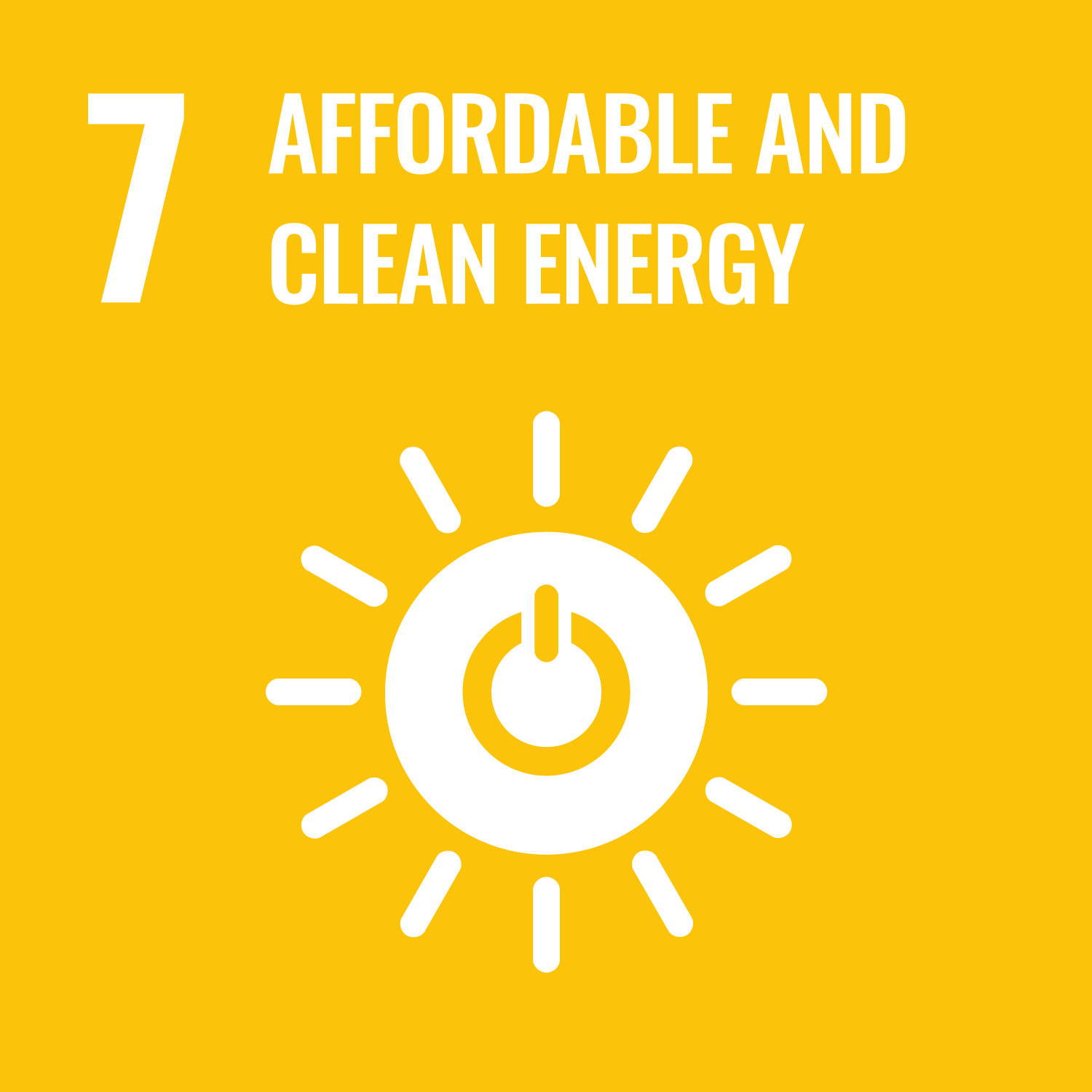ORCID
- Steve Goodhew: 0000-0003-1227-217X
Abstract
This study examined the use of thermal imaging as a communication tool that allows householders to 'see' where a building is losing heat. We tested the effect of tailored and non-tailored thermal images on energy beliefs, behavioural intentions and a simple self-report behaviour question in an English field study. Householders received tailored thermal images of their home, thermal images of other homes with typical problems for the area ('non-tailored'), or information on the same typical problems in text format. A post-intervention survey (N = 233) indicated that showing occupants any thermal image (tailored or non-tailored) led to higher vividness when recalling the communication, compared to text-only information. Householders engaged with the reports to a greater extent when they were personal to their home: the tailored thermal images were more likely to be shared with others and led to stronger energy saving intentions and reporting energy efficiency behaviour compared to non-tailored reports. This is a promising approach integrating technology and social science knowledge and methods.
DOI Link
Publication Date
2016-01-01
Publication Title
Energy Research and Social Science
Volume
14
ISSN
2214-6296
Additional Links
Keywords
Communication, Energy efficiency, Tailoring, Visualisation
First Page
111
Last Page
121
Recommended Citation
Boomsma, C., Goodhew, J., Goodhew, S., & Pahl, S. (2016) 'Improving the visibility of energy use in home heating in England: Thermal images and the role of visual tailoring', Energy Research and Social Science, 14, pp. 111-121. Available at: 10.1016/j.erss.2016.01.005


